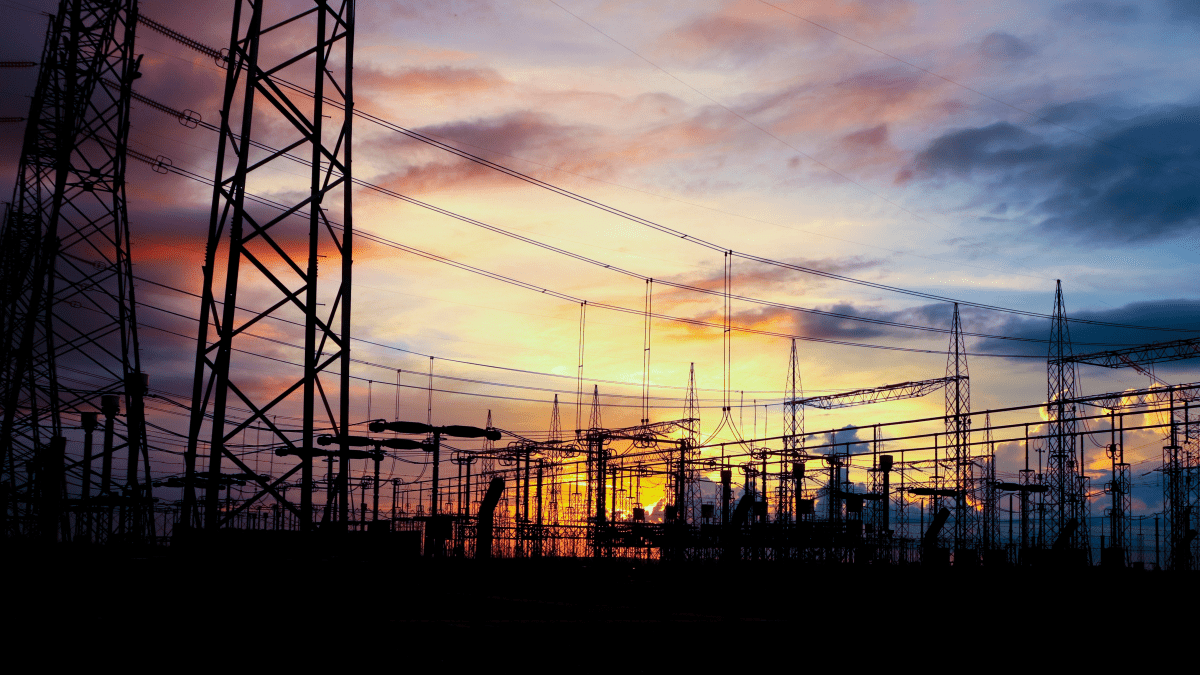
Since the liberalization of the electricity market in the 1990s, there have been fundamental changes on the supply and demand side of the energy system. In most cases, the regulatory framework has been adapted selectively in response to specific needs. However, the goal for the regulatory framework should fundamentally be holism, consistency, and coherence. In this context, the changes can only be implemented politically if they are socially accepted, i.e., perceived as fair and appropriate.
In the position paper “Regulierung in der Transformationssituation der Energiewende”, a team from the Institute of Energy Economics (EWI) at the University of Cologne, with the support of other research partners within the framework of the Kopernikus research project ENSURE (New ENergy grid StructURes for the German Energiewende) explains the need for regulation in the course of current and future electricity market developments.
The position paper shows: Since many wind turbines are in northern Germany, but a focus of the load is placed in southwestern Germany, grid bottlenecks are increasingly occurring. A change in the incentive structure could improve the short- and long-term coordination of consumption and generation. A reform of the electricity market design could also contribute to security of supply by creating incentives for investments in system-serving, secured power.
At present, the return on capital under the incentive regulation of network operators leads them to have an incentive to invest in capital-cost-intensive measures such as network expansion. “The incentive structure for network operators should be adapted to the requirements of the transformation in such a way that there are increased incentives to develop and deploy innovations and smart technologies in network operation”, says Philipp Artur Kienscherf, Senior Research Consultant at EWI.
To avoid bottlenecks and improve security of supply, network expansion is essential, even with the increasing use of smart technologies. This raises the question of refinancing network costs. Currently, there is a vertical shift from high to low voltage levels, which is borne by the end consumers. Rising network costs due to the integration of renewable energies, in particular wind energy in northern and eastern Germany, are being passed on to lower consumption in rural regions. This may have contributed to increasing grid charges in northern and eastern Germany and tending to lower grid charges in western and southern Germany. Possible alternatives to vertical allocation would be the participation of the generation side in the network costs or the nationwide harmonization of network charges.
The interconnection of the energy sectors electricity, heat, gas, and mobility is becoming ever closer. With respect to new technologies, the question arises as to how an appropriate regulatory framework can be created for the expansion of the infrastructure of electromobility and hydrogen and the dismantling of existing infrastructure for natural gas. In addition to new challenges, sector interfaces also offer the opportunity to use them in a way that serves the grid and the market, for example through flexible demand response in the electricity market.